Discover the History and Location of Treta Ke Thakur Ayodhya
Introduction: Welcome fellow travelers and seekers of spiritual enlightenment! Today, we embark on a soul-stirring pilgrimage to Ayodhya, a city steeped in ancient history and revered as the birthplace of Lord Rama. Our journey takes us to the sacred Treta Ke Thakur Temple in Ayodhya, where the echoes of the Treta Yug still resound, and the divine presence of Lord Rama continues to bless devotees. Join us as we explore the spiritual aura and rich heritage of this remarkable temple.
Suggested Read: Places to visit at Ayodhya: A list of Top Attractions
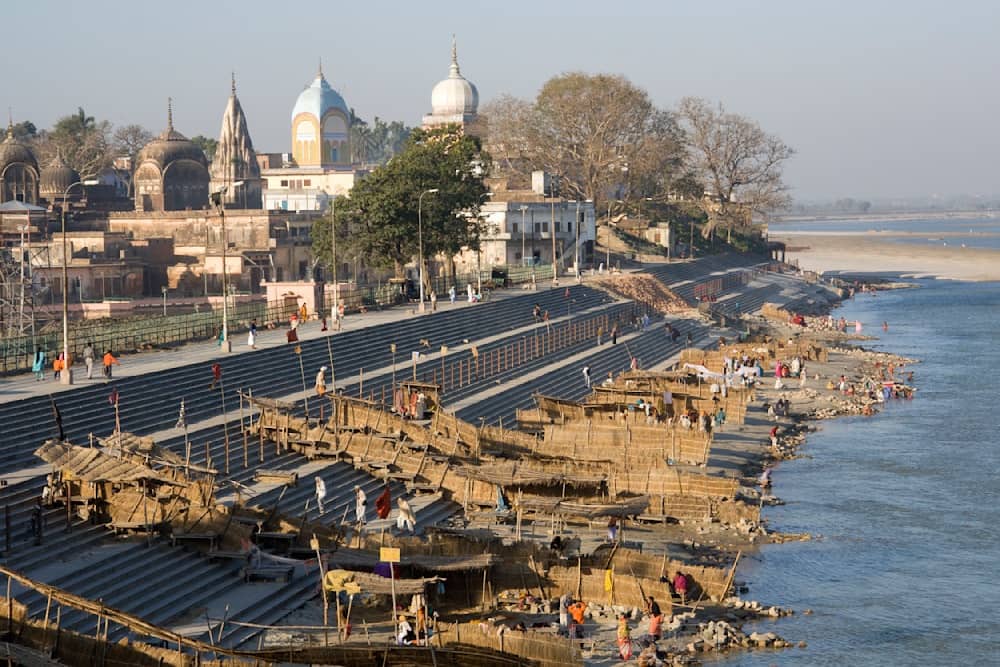
Ayodhya:
The Holy Abode of Lord Rama Our quest begins in the city of Ayodhya, nestled on the banks of the serene River Saryu. This is the very place where the great Maryada Purushottam Ram was born and ruled as a benevolent king. Ayodhya exudes an air of divinity, with every nook and cranny echoing tales from the Ramayana.
Treta Ke Thakur Temple:
A Glimpse into the Treta Yug As we approach the Naya Ghat, a magnificent structure rises before us—the Treta Ke Thakur Temple. Its name itself holds profound significance, as it translates to “God of Treta Yug,” signifying Lord Rama’s presence in this era. The temple is a timeless gem, built over 300 years ago by the King of Kullu.
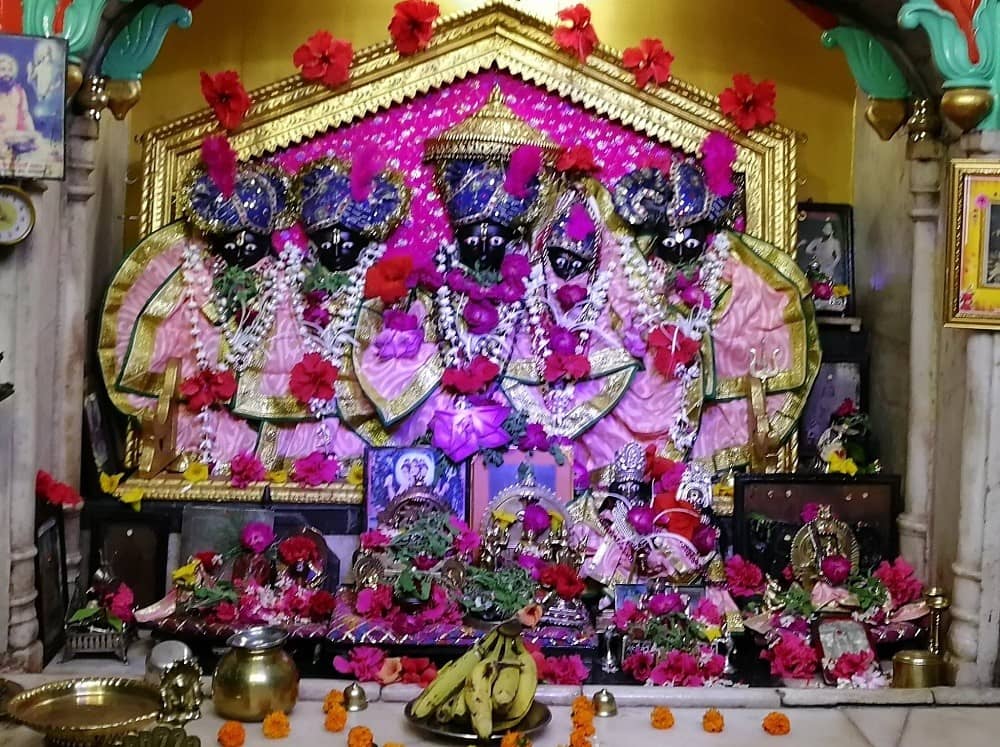
The Legends and Myths:
The very stones of this temple seem to whisper tales from the Treta Yug. It is believed that Lord Rama performed the famous Ashwamedha Yagya to celebrate his victory over the demon king Ravana at this sacred spot. Inside the temple, one can witness beautifully carved idols of Lord Rama, Goddess Sita, Lord Lakshmana, Lord Hanuman, and other significant characters from the epic Ramayana, all intricately chiseled from a single block of black stone.
A Glimpse into History:
In the 1700s, the temple faced a period of neglect until it was lovingly restored by the Maratha queen, Ahilyabai Holkar. Her dedication to preserving this holy site rekindled the spiritual fervor of the region, and the temple regained its former glory.
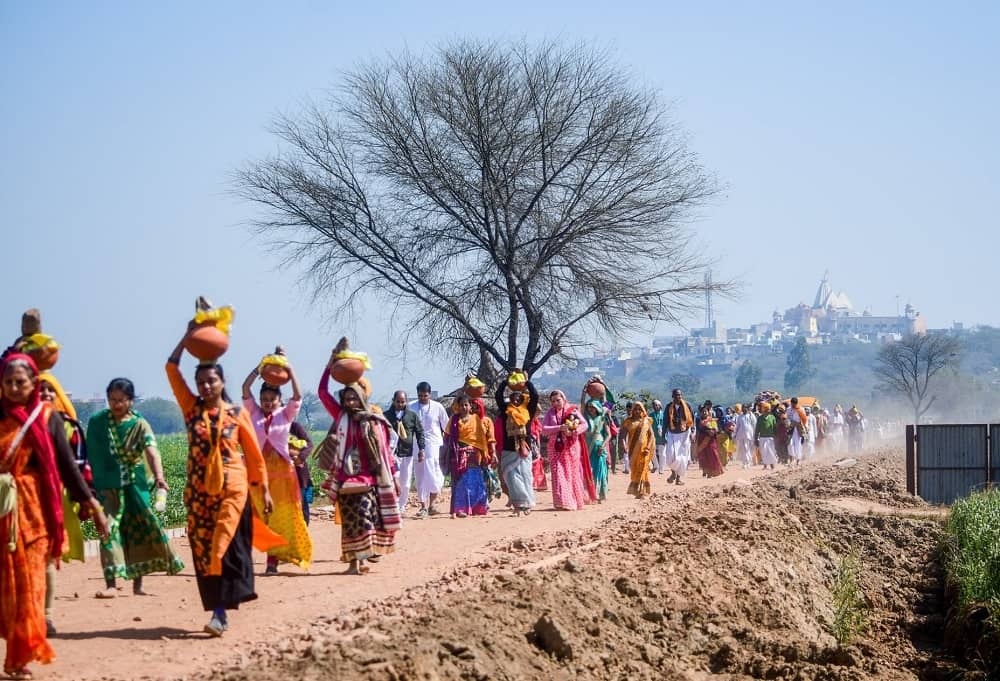
The Auspicious Ekadashi:
Celebration For those fortunate enough to visit during the Hindu calendar month of Kartik (October-November), the eleventh day of the month, known as Ekadashi, is a time of unparalleled spiritual devotion. On this day, the temple opens its doors to devotees, and a grand celebration ensues, complete with traditional rituals, colorful festivities, and a palpable sense of unity among worshippers.
Spirituality and Tradition:
As travelers, we find ourselves immersed in the rich tapestry of Hindu traditions and customs during our visit. It’s a humbling experience to witness the devotion and reverence of the pilgrims who flock to Treta Ke Thakur to seek blessings and spiritual solace.
Conclusion:
Our journey to Treta Ke Thakur Temple in Ayodhya has been a voyage through time, faith, and devotion. This sacred place stands as a testament to the enduring legacy of Lord Rama and the unwavering belief of millions. It is not just a temple; it is a living testimony to the power of faith and the enduring presence of the divine in our lives. As we leave this hallowed ground, may we carry with us the blessings of Treta Ke Thakur, forever etched in our hearts.
So, fellow travelers, when you seek a spiritual awakening and a glimpse into the Treta Yug, make sure Treta Ke Thakur is on your itinerary. Ayodhya awaits with open arms to share its timeless tales and profound spirituality.
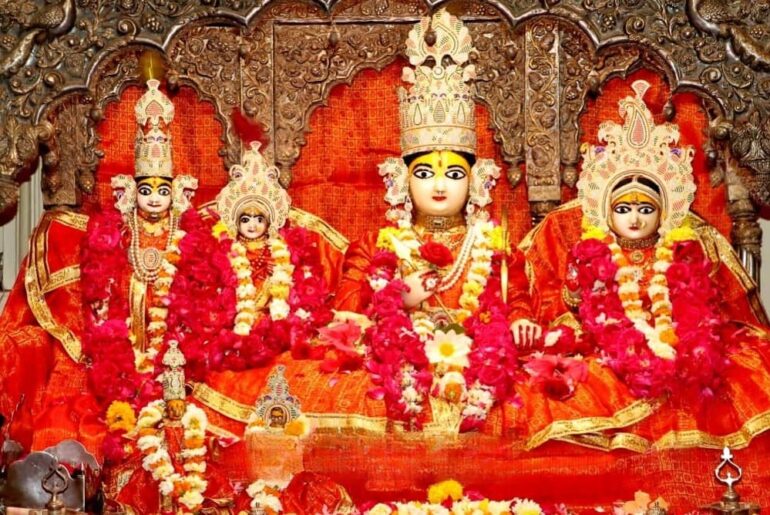


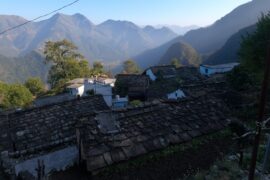
Comments are closed.